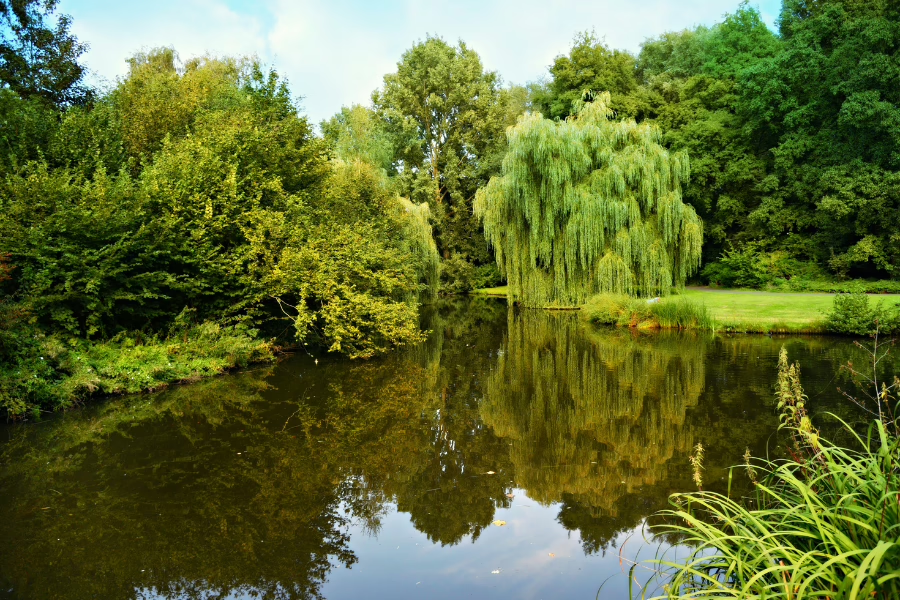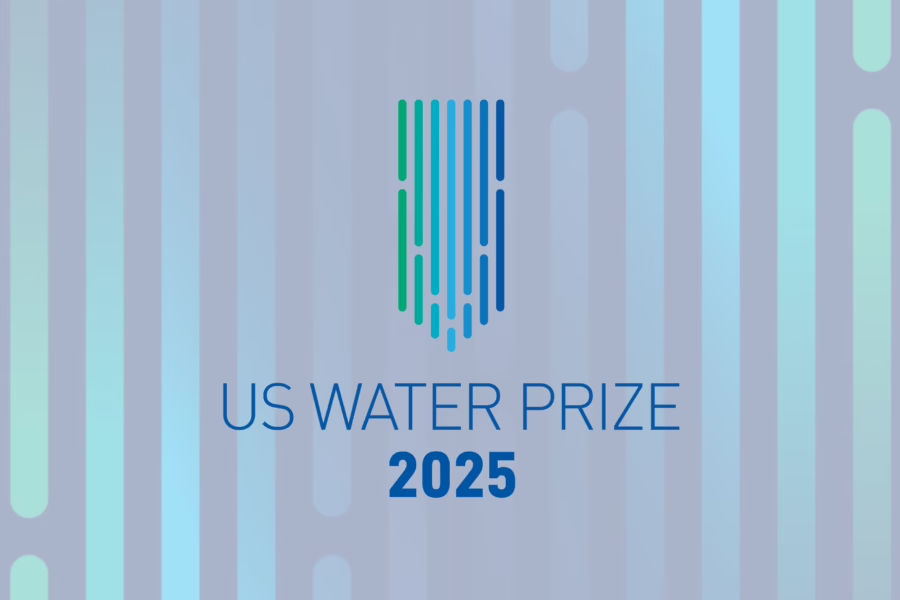The US Water Alliance is a member-supported national nonprofit organization that promotes education and innovation in water management. At its annual One Water Summit this summer in Minneapolis, the Water Alliance hosted a first- ever meeting of park directors and water utility managers from across the country, who hope to work collaboratively to promote water stewardship and sustainable water management.
The US Water Alliance has been a proponent of the “One Water” movement, a comprehensive approach to sustainable water and stormwater management that intentionally looks at all water — drinking water, groundwater, greywater (non-potable water that has been used for washing, etc.) and blackwater (sewage waste water) — as one water. The management of water in a One Water, integrated framework demonstrates that water can be managed for the benefit of all in a sustainable way. In addition, there is a very intentional purpose in ensuring water equity so that everyone has full access to water and that the costs of water are equitable for all.
For the past several years, NRPA’s conservation work has had a heavy focus on water, specifically on advancing green infrastructure stormwater management in parks. Not only are parks the ideal places to implement projects that use natural processes to slow and filter and clean stormwater, but NRPA has made a concerted effort to lead the way on how green infrastructure stormwater management can benefit underserved and marginalized communities and improve social equity. Social equity benefits rarely occur if projects are merely designed to replace aging grey infrastructure that buried streams in pipes and channelized natural waterways with concrete drainage. A focus of NRPA’s Great Urban Parks Campaign is to promote the use of green infrastructure in parks to not only treat stormwater but also to provide multiple social, health and economic benefits to communities.
Leveraging Water Assets for Community BenefitsNRPA’s collaborative work in green infrastructure with other associations and organizations, such as the American Planning Association, The Conservation Fund and the JPB Foundation, has led to new opportunities for cooperation and strategic partnerships. NRPA’s recent announcement of $2 million in new grants for green infrastructure shows the level of our commitment. As awareness of the enormous potential for non-traditional partners to work together to achieve water management goals has grown, NRPA and The Conservation Fund, working with the U.S. Water Alliance, proposed a first-ever delegation meeting to be attended by representatives from park agencies and water utilities at the 2018 One Water Summit.
The parks/water utilities delegation meeting proved to be a smashing success and was attended by an overflow crowd of municipal utility leaders, nonprofit representatives, sustainability officers and resiliency staff, who were fully engaged in discussing the potential for future cooperation around one water principles and how we could collectively leverage parks and water assets for community benefits.
Kevin Shafer, executive director of the Milwaukee Metropolitan Sewerage District (MMSD), and Kathryn Ott Lovell, commissioner of Philadelphia Parks and Recreation, kicked off the roundtable discussions by each sharing how their cities were innovatively managing stormwater and how they both had strong partnerships with their respective parks and water agencies.
Ott Lovell notes that Philadelphia’s 25-year goal of its Green City, Clean Waters plan is to reduce its stormwater inputs by 85 percent. Since parks cover 11 percent of the surface area of the city, they have an extraordinary opportunity to do green infrastructure (GI) projects in parks. They are working with nonprofit partners and have completed 29 green infrastructure projects in parks and have achieved 90 “greened acres” to date. “However, it’s not always puppies and rainbows,” she says about the many obstacles that can delay or derail projects. For example, an interminably long design process of more than two years for some projects can frustrate communities that are supportive but want results. “And, they want more than just the stormwater improvement, too,” Ott Lovell adds, noting the desires of the community for recreational benefits along with green infrastructure improvements.
The Milwaukee Metropolitan Sewerage District has been a pioneer in developing green infrastructure projects in parks and on public lands. Shafer says that MMSD has made exceptional progress in achieving its stormwater management program goals. He notes that even though Milwaukee is a legacy Midwest city, MMSD has eliminated its entire aging, combined sewer overflow system (CSO), replacing it with deep-tunnel stormwater storage that holds and treats stormwater before releasing it in a controlled flow. He says even though MMSD has met its stormwater targets, it continues to innovate and apply new green infrastructure solutions. When asked why it continues to do green infrastructure if it has met its required stormwater targets, Shafer replies simply: “It is the right thing to do.” He says MMSD is working toward a vision of 100 percent of stormwater captured and cleaned for the entire district.
A Larger Future Role for Green InfrastructureThe enthusiasm of the workshop participants bodes well for future cooperation between parks and water utilities. According to Kevin O’Hara, NRPA’s VP of urban and government affairs: “Participating in this high-level gathering confirmed what a lot of us suspected, that there is a huge opportunity for parks to play a larger role in providing not only green infrastructure for managing stormwater, but also in developing models for community engagement, equity-based programming and environmental education.”
NRPA pledged to work with the U.S. Water Alliance and the many partners who attended this catalytic gathering to promote implementation of One Water strategies in their communities. New initiatives include a partnership with the Water Environment Federation on adapting and delivering the National Green Infrastructure Certification Program to a park and recreation audience, the development of a new NRPA certificate program in how to design, construct and inspect green infrastructure projects in parks that maximize benefits to communities, and the creation of a matrix for evaluating the many benefits of GSI projects.
To learn more about the vision and principles for a One Water future.
The original version of this blog appeared as an article in the September issue of “Parks & Recreation: NRPA’s Monthly Magazine”.


